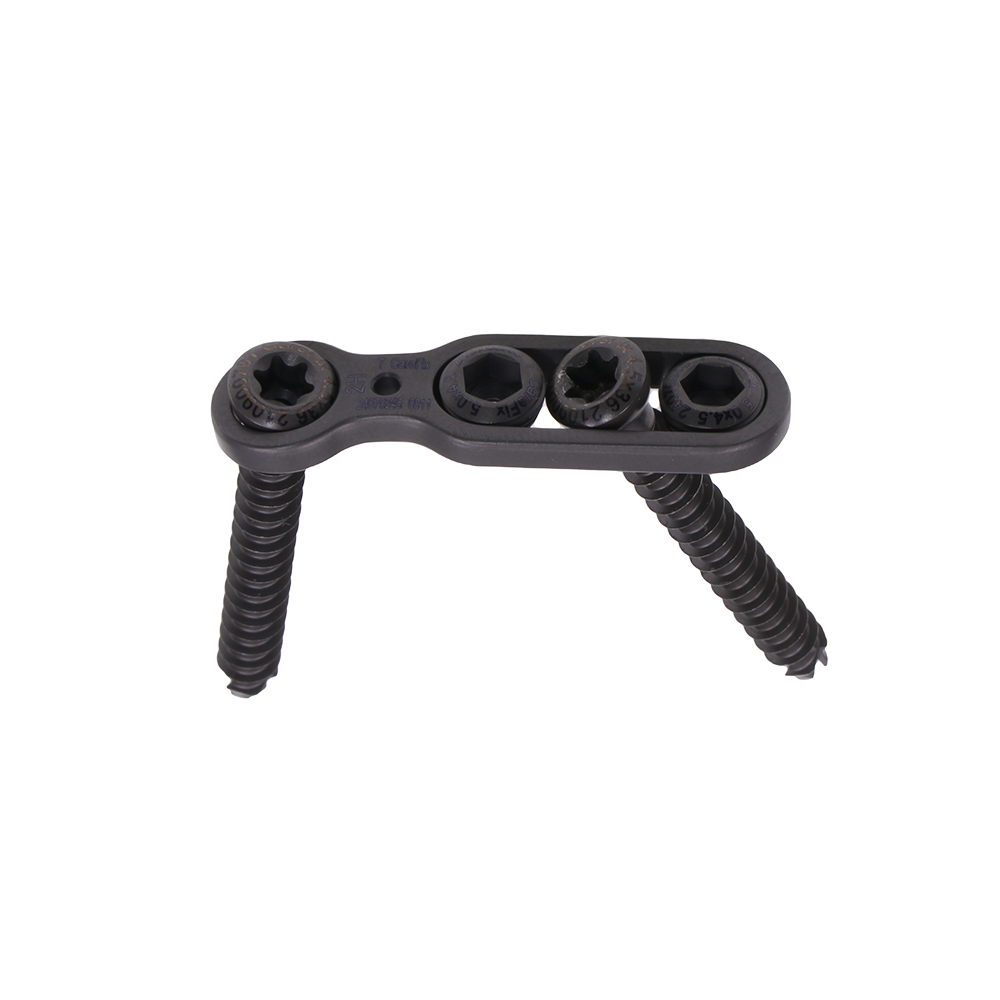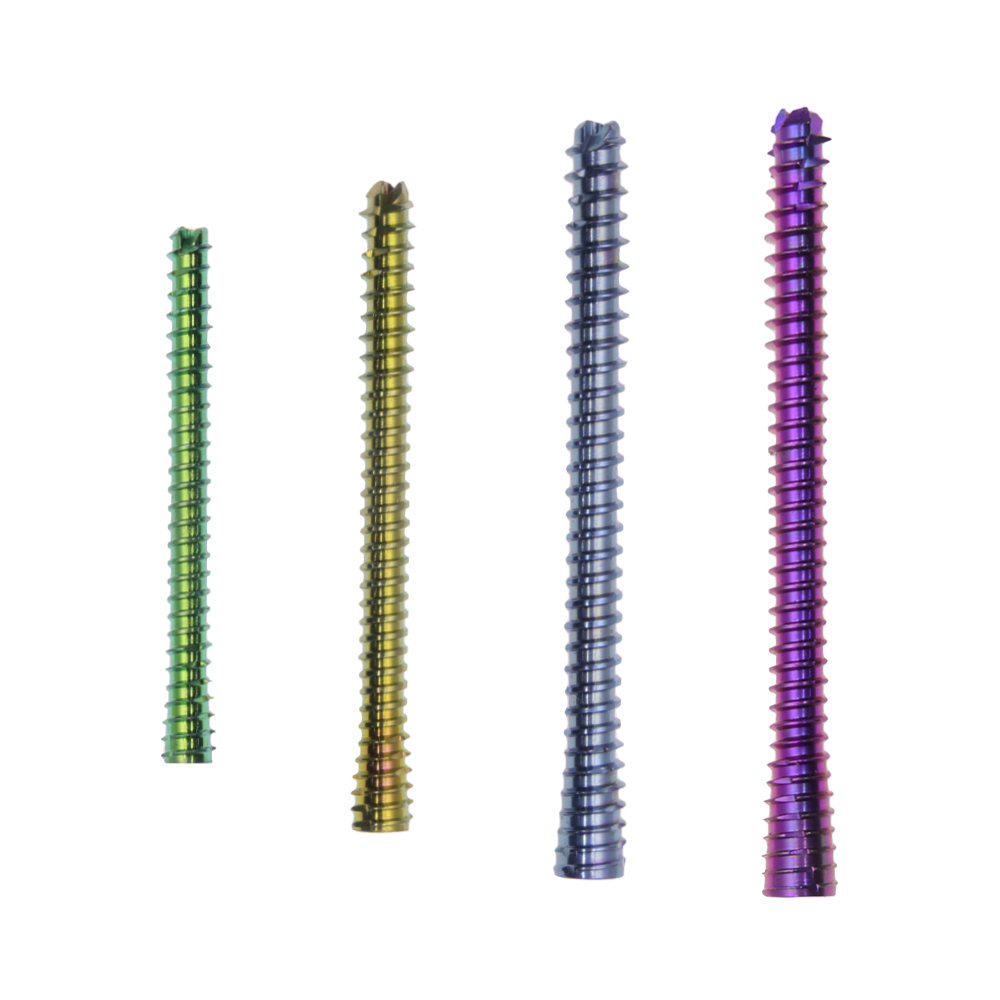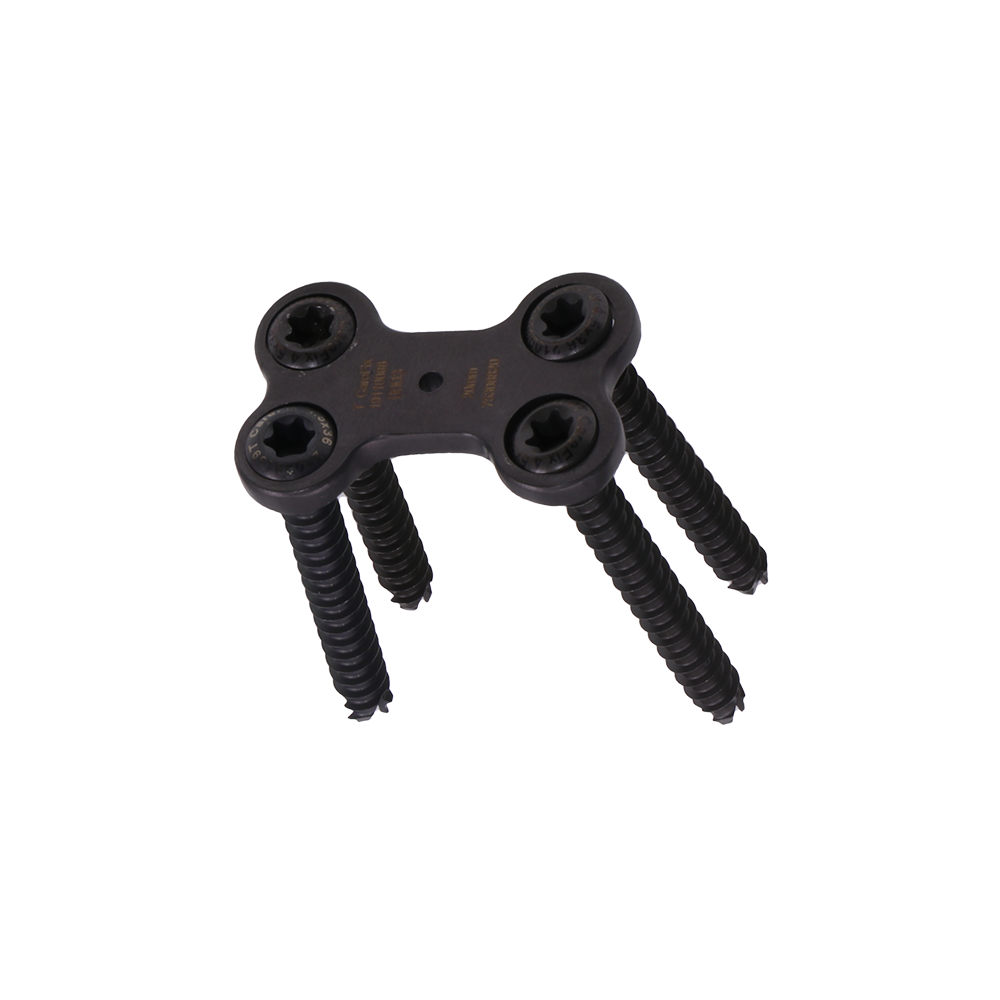screws and plates in orthopaedics
Orthopedic screws and plates represent fundamental components in modern orthopedic surgery, serving as crucial elements in fracture fixation and bone reconstruction procedures. These medical devices are precisely engineered using biocompatible materials, typically medical-grade stainless steel or titanium, ensuring optimal integration with human tissue. Screws come in various designs, including cortical, cancellous, and locking screws, each specifically designed for different bone densities and anatomical locations. Plates function as internal splints, providing stability and support during the healing process. They feature multiple screw holes allowing for secure fixation and come in various shapes and sizes to accommodate different anatomical requirements. The technology behind these implants has evolved significantly, incorporating features such as low-contact designs to preserve blood supply, anatomically contoured shapes for better fit, and specialized coatings to enhance osseointegration. These devices are essential in treating fractures, performing osteotomies, and managing joint fusion procedures. Modern manufacturing techniques ensure precise threading, optimal screw head designs, and plate configurations that maximize stability while minimizing soft tissue irritation.


